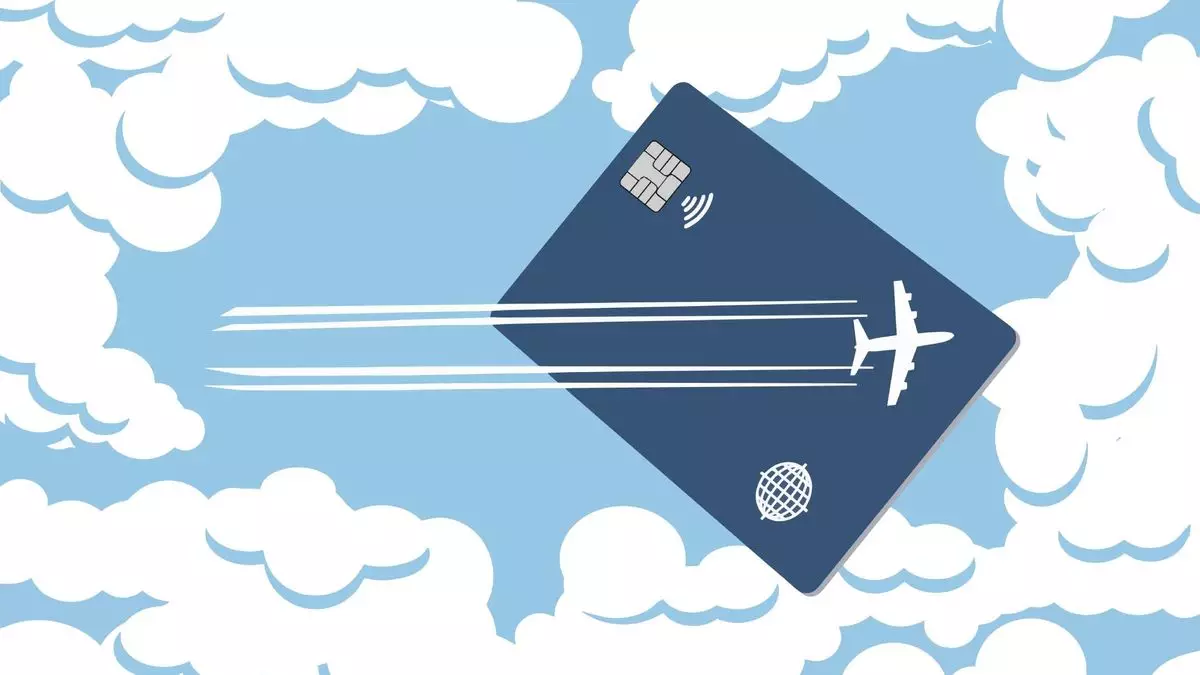The U.S. Department of Transportation (DOT) has recently ignited a contentious debate by initiating a probe into the loyalty programs of the nation’s four largest airlines—American, Delta, Southwest, and United. While consumer advocacy groups are cheering on this investigation, critics, including influential figures from the travel industry, argue that it symbolizes unnecessary government overreach. This article aims to dissect the implications of the probe, its reception among stakeholders, and the broader consequences for airline consumers.
Launched on September 5, the DOT’s investigation represents a concerted effort to scrutinize how airlines structure their rewards programs and whether certain practices might be misleading or anticompetitive. Given that loyalty programs have evolved to play a significant role in airline business models, the inquiry’s focus is multifaceted. Airlines have been asked to disclose how they manage changes to points redemption values and how such modifications affect consumers’ loyalty status and experiences. The DOT’s rationale is that these loyalty programs are no longer just ancillary offerings; they hold substantial financial significance within the broader U.S. economy, warranting federal oversight.
While consumer advocates, such as Bill McGee from the American Economic Liberties Project, laud the investigation as a necessary measure to protect consumer interests, industry players are expressing discontent. Geoff Freeman, CEO of the U.S. Travel Association, encapsulates the frustration by pointing out that the federal agency should prioritize more pressing issues, like the shortage of air traffic controllers, rather than dissecting airline rewards programs that many travelers cherish.
A4A (Airlines for America), representing the airline industry’s interests, argues that these programs are essential for maintaining competition among airlines and are enjoyed by millions of consumers. They assert that loyalty programs are transparent and beneficial and claim that the federal focus should instead be on improving the overall travel experience rather than meddling in competitive operations. This schism represents a microcosm of a larger debate: how much regulation is appropriate in an industry that heavily relies on competitive differentiation?
At the heart of this investigation lies a crucial question: how do consumers perceive loyalty programs? Many frequent flyers view these programs as a form of currency, where accumulating points can significantly enhance travel experiences. Recent data indicates that almost 30 million U.S. households are engaged with airline loyalty programs, signifying their widespread acceptance. Notably, some airlines, like Delta, have reported immense financial gains through partnerships with credit card companies, further embedding these programs into the fabric of airline profitability.
However, the rising cost of redeeming rewards points has been a matter of concern. Research from consulting firm IdeaWorks has identified that redemption rates have escalated faster than inflation and ticket prices in recent years. Running parallel to this trend is an underlying anxiety, particularly among long-term participants in these programs, who feel that the rules are constantly shifting, making the initial promise of the loyalty programs appear less favorable over time.
The differences among the Big Four airlines in handling loyalty programs cannot be overlooked. Critics of the DOT’s probe argue that one-size-fits-all regulations may not effectively address the unique operational strategies each airline employs. For example, Southwest Airlines generally ties its reward prices to the actual cash prices of their flights, allowing for a more predictable redemption experience. In contrast, other airlines utilize varying approaches, leading to inconsistent redemption outcomes. This variance suggests that a nuanced understanding of each carrier’s practices is essential for any regulatory framework to be effective and fair.
As the DOT navigates the landscape of airline loyalty programs, the potential for unintended consequences looms large. Critics warn that excessive regulation could stifle innovation and competitiveness in the airline industry. If airlines feel they are being closely scrutinized by the government, they may become conservative in their approach to rewards programs, leading to fewer benefits for consumers in the long run. On the other hand, advocates like McGee contend that without appropriate checks, the evolution of these programs could continue to drift away from transparency and fairness.
The DOT’s investigation into airline loyalty programs serves as a flashpoint in the ongoing debate surrounding consumer protection and regulatory oversight in the airline industry. While the need for fairness and transparency in rewards programs is undeniable, the manner in which regulations are approached is equally crucial. Striking a balance between protecting consumer interests and fostering a competitive airline environment will be essential as stakeholders monitor the implications of this investigation. Ultimately, this inquiry may serve to redefine how loyalty programs operate, but only time will reveal whether these changes lead to tangible benefits for the average traveler.


Leave a Reply